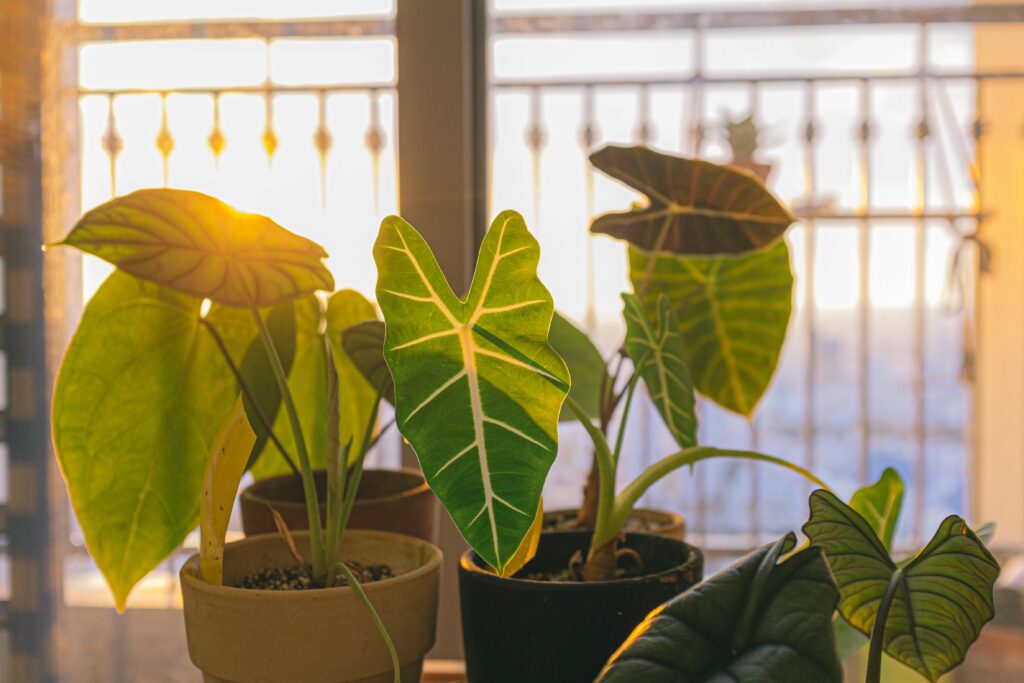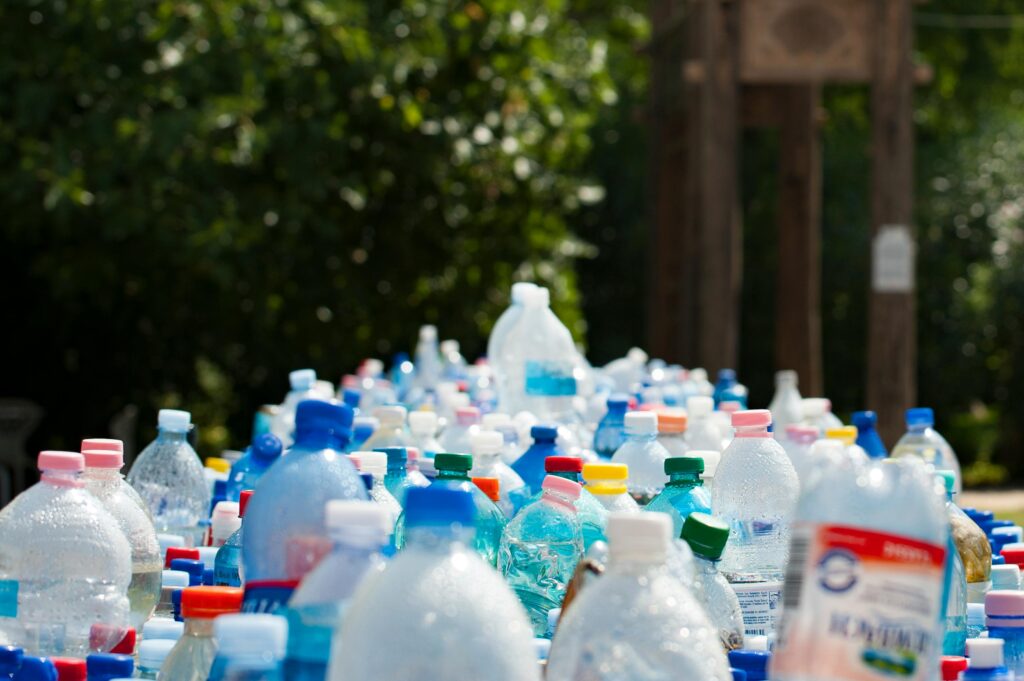
Do you ever feel buried under too much stuff? Clothes falling out of your closet, kitchen drawers packed with things you don’t even remember buying?
You’re not alone. Everywhere we turn, we’re told that having more is better, more clothes, more gadgets, more of everything.
More people are choosing a minimalist lifestyle and trying to create less waste.
By avoiding unnecessary purchases, you can help the environment. Living simply with less not only reduces waste but also brings a sense of freedom, sustainability, and mindful living.
But is minimalism really the best way to help the environment?
What is Eco-friendly Minimalism?

Eco-friendly minimalism is a lifestyle that reduces waste and protects the environment by focusing on simple, mindful living. It means only buying what you truly need, choosing long-lasting and sustainable products, and avoiding synthetic materials that harm nature.
Eco-minimalists keep their spaces clutter-free, prefer eco-friendly choices like cycling instead of driving, and avoid unnecessary shopping. By consuming less and making thoughtful purchases, they help create a cleaner, healthier planet.
Benefits of Minimalism for Both the Environment and Your Wallet
There are many benefits of embracing minimalism for both the environment and your wallet. Some of these include:
- Reduced waste

Living with less means creating less waste, which helps keep landfills from overflowing. Eco-minimalism is about buying only what you need and using what you already have. This not only saves money but also helps the planet. Small changes can make a big impact!
Here are some easy ways to reduce waste:
- Buy only what you need – Avoid buying too much, especially food, so nothing goes to waste.
- Give away or reuse items – Donate things you don’t need or find new ways to use them.
- Compost food scraps – Turn leftover food into healthy soil for plants.
- Recycle properly – Sort paper, plastic, and glass so they don’t end up in landfills.
- Choose durable items – Buy good-quality things that last a long time instead of replacing them often.
By following these easy steps, you can help reduce waste and take care of the environment.
- Quality over Quantity
Minimalism is about choosing better, not just having less. Instead of buying cheap things that break easily, invest in good-quality items that last longer. This means less waste, more savings, and a happier planet.
Here’s why quality is better than quantity:
- Lasts longer – Well-made items stay useful for years.
- Less waste – Fewer replacements mean less trash.
- Better for the planet – Quality items use better materials and eco-friendly production.
- Saves money – Buying one good item is cheaper than replacing many cheap ones.
- Supports fair work – Many quality products are made ethically.
By choosing durable, timeless items, you help yourself and the environment!
- Less Clutter
Owning only what you need creates more space and less stress. A clutter-free home is easier to manage, saves time, and helps you focus on what truly matters.
Here’s why less clutter is better:
- Less stress – A tidy space makes it easier to relax.
- More time – No more wasting hours searching for things.
- Saves money – No need for extra storage or unnecessary purchases.
- Easier maintenance – Fewer things mean less cleaning and organizing.
- Better focus – A simple, clutter-free space helps you stay productive.
When your home supports you instead of overwhelming you, life feels lighter and more enjoyable.
- Minimalism and Its Reduced Environmental Impact
Buying less means using fewer natural resources and creating less waste. Minimalism helps protect the environment in several ways:
- Less waste production – Fewer purchases mean less trash ending up in landfills.
- Lower carbon footprint – Reduced demand for manufacturing leads to less pollution.
- Preserves natural resources – Less deforestation and water usage in production.
- Encourages recycling and reusing – Minimalists value long-lasting, reusable items.
- Supports sustainable choices – Walking, biking, or using public transport reduces emissions.
Beyond helping the planet, minimalism saves money by preventing impulse buys and reducing the need for storage space. Living with less means spending less, creating financial freedom, and allowing more focus on meaningful experiences. Minimalism proves that a simple life isn’t just good for the earth—it’s good for you too!
Key Values of Eco-Minimalism

- Simplicity
- Conservation
- Sustainability
- Self-sufficiency
Getting Started with Minimalism

- Declutter – Donate or recycle things you don’t need.
- Buy Less – Only get what you truly need and choose quality over quantity.
- Reduce Waste – Reuse, recycle, and avoid single-use items.
- Save Energy – Turn off lights, unplug devices, and use less water.
- Shop Smart – Buy secondhand and support eco-friendly brands.
- Share & Borrow – Rent or borrow instead of buying new.
- Walk or Bike – Use cars less to cut pollution.
- Value Experiences – Spend more on memories, not things.
Minimalism makes life easier, saves money, and helps protect the environment!
Conclusion
Minimalism and eco-friendly living work together to create a better life. By consuming less, making sustainable choices, and being mindful of our spending, we can reduce waste, protect the environment, and save money. Every small change—whether it’s buying only what we need, reusing items, or avoiding unnecessary purchases makes a difference.
Living simply helps the planet, reduces stress, saves money, results in less clutter, and more freedom!
Ready to simplify your life and help both the planet and your wallet? Start today.
Less stuff = more money. More money = better life.😉 Minimalism just makes sense!


